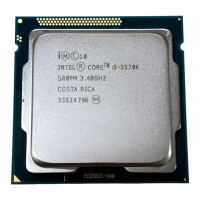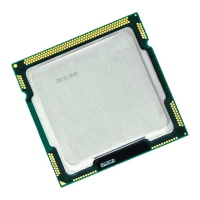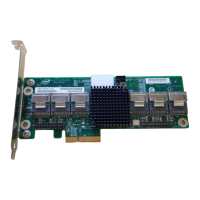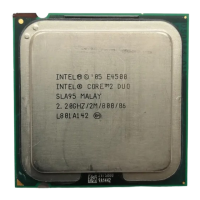6-37
BUS INTERFACE UNIT
• NMI pin - The request is recognized and latched. It is serviced after HOLD is released.
• SMI# pin - The request is recognized and latched. It is serviced after HOLD is released.
6.5.2 HOLD Signal Latency
Because other bus masters may be used in time-critical applications, the amount of time the bus
master must wait for bus access (HOLD latency) can be a critical design consideration. Because
a bus cycle must be terminated before HLDA can go active, the maximum possible latency occurs
when a bus-cycle instruction is being executed or a DMA block mode transfer is in progress. Wait
states increase latency, and HOLD is not recognized between locked bus cycles and interrupt ac-
knowledge cycles. The internal DMA may also contribute to the latency.
The HOLD latency is dependent on a number of parameters:
• The instruction being executed at the time the HOLD request occurs.
• The number of wait states during various access cycles, including the following:
— Memory wait states
— Code fetch wait states
— Interrupt acknowledge wait states
— Refresh wait states
• The priority of the requester.
• The mode of the DMA:
— Block mode
— Single cycle mode
— Demand transfer mode
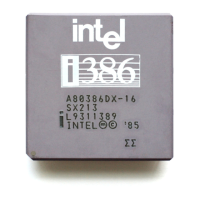
